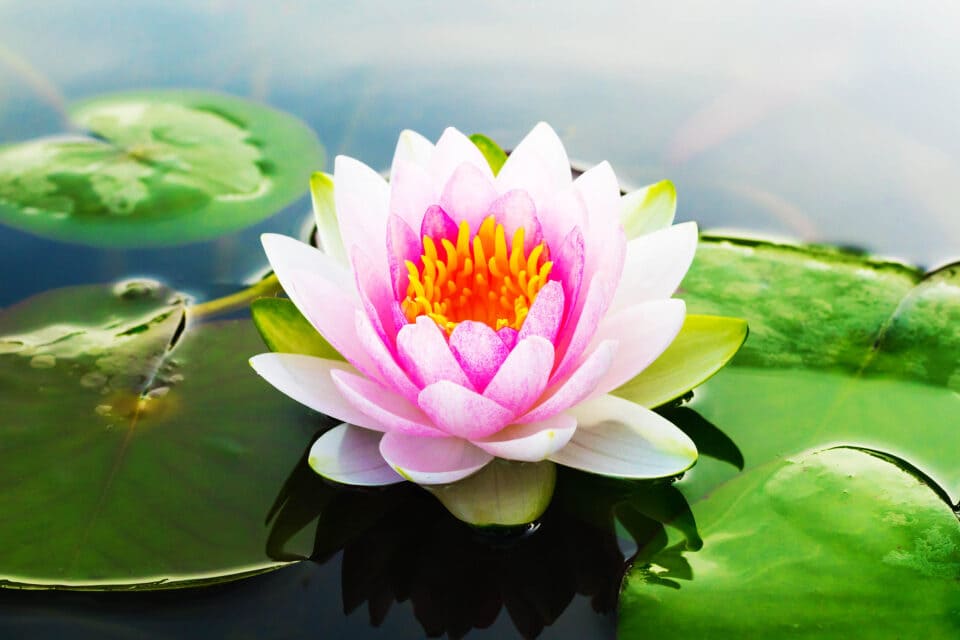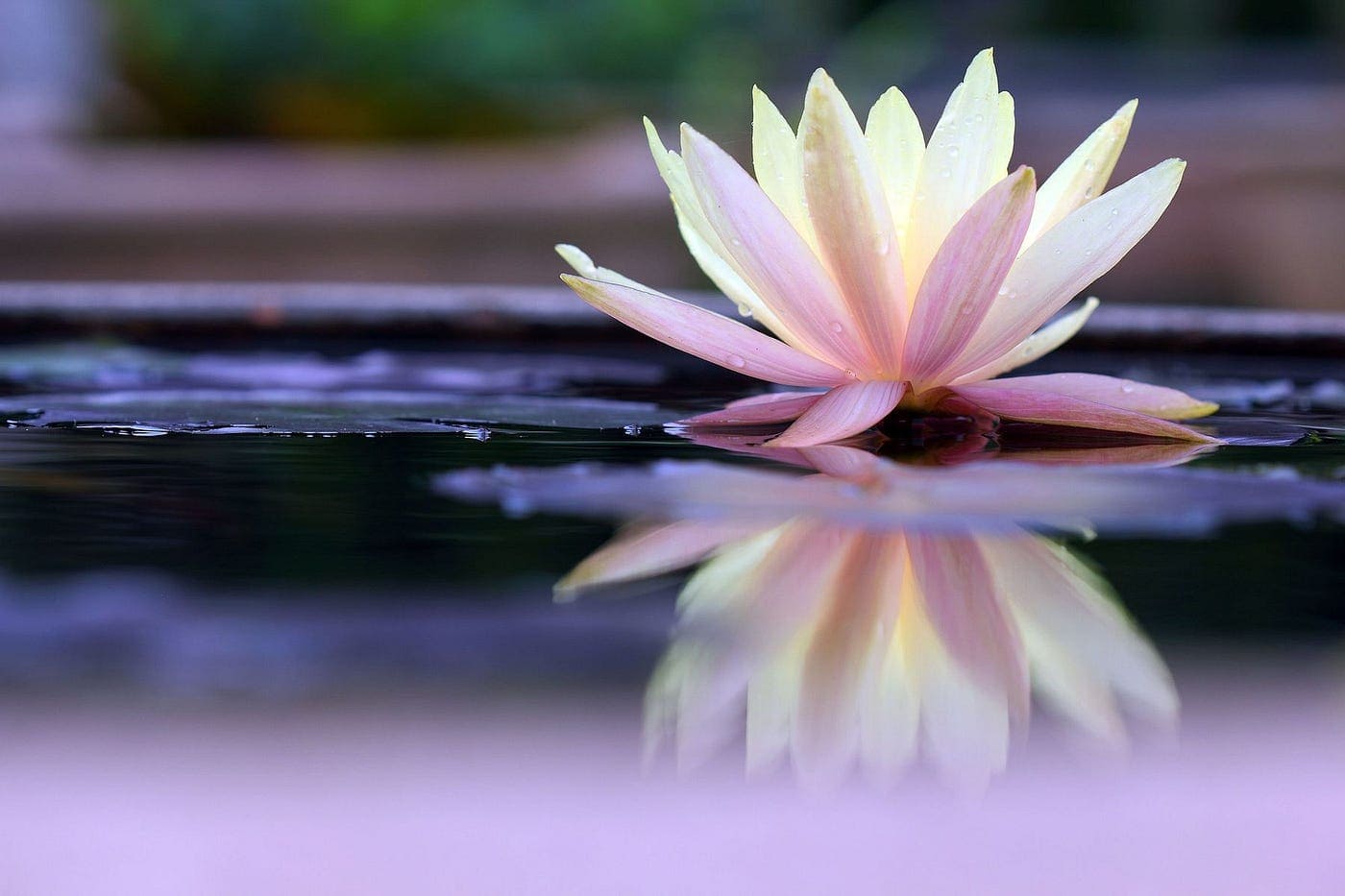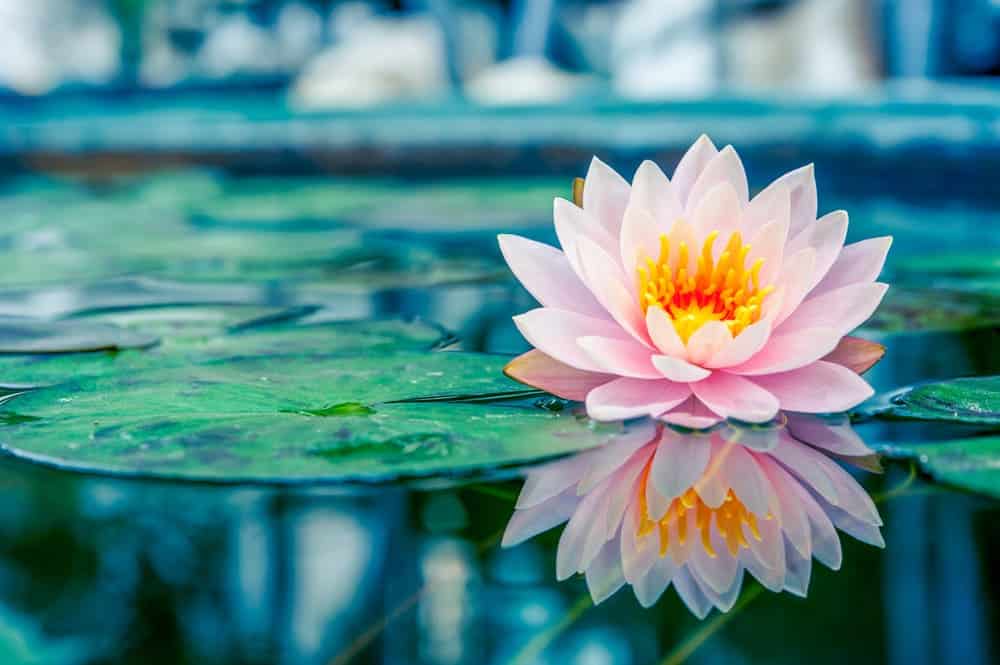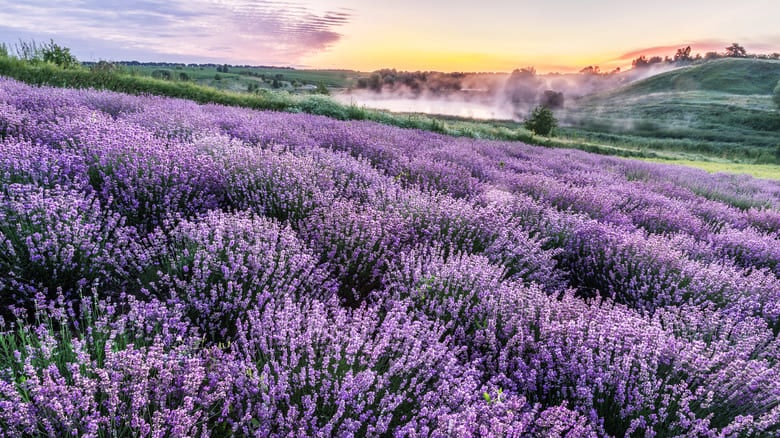Introduction:
In the realm of flora, certain blooms carry more than just aesthetic appeal; they embody stories, traditions, and symbolism deeply rooted in culture and history. Among these enchanting flowers is the delicate lily of the Valley (Convallaria majalis), renowned for its dainty appearance and captivating fragrance. Beyond its physical beauty, this perennial herbaceous plant holds a rich tapestry of meanings and symbolism that have fascinated cultures for centuries.
The Botanical Charms of Lily of the Valley:
Native to the cool temperate regions of the Northern Hemisphere, Lily of the Valley graces woodland floors with its elegant, bell-shaped blossoms. Characterized by its glossy, lance-shaped leaves and petite white flowers that hang delicately from slender stems, it captivates the senses with its sweet, intoxicating scent. Despite its charming exterior, the plant harbors toxic properties, a dichotomy that adds depth to its symbolism.
Historical Significance:
The Lily of the Valley boasts a storied past, entwined with mythology, folklore, and religious symbolism. Legend has it that the tears shed by the Virgin Mary at the foot of the cross transformed into these fragrant blooms, hence their association with purity and divine grace.
Cultural Symbolism:
In the language of flowers, it conveys sentiments of sweetness, innocence, and the promise of a brighter tomorrow. In Victorian times, when conveying emotions through floral arrangements was a popular practice, the Lily of the Valley often featured in bridal bouquets, symbolizing the happiness and purity of love.
Literary Inspiration:
The enchanting allure of the Lily of the Valley has inspired poets, writers, and artists throughout history. Renowned French novelist Marcel Proust immortalized its fragrance in his seminal work “In Search of Lost Time,” where the scent of the flower triggers profound memories and nostalgia. Similarly, poets like Emily Dickinson and D.H. Lawrence have woven its delicate beauty into their verses, celebrating its ethereal charm.
Medicinal and Folklore Uses:
Beyond its symbolic significance, the Lily of the Valley possesses medicinal properties that have been harnessed for centuries. In traditional herbal medicine, it has been used to treat ailments such as heart conditions, headaches, and wounds, albeit with caution due to its toxicity.
Environmental and Conservation Concerns:
Despite its widespread popularity, the Lily of the Valley faces challenges in its natural habitat due to habitat loss, urbanization, and over-harvesting. Conservation efforts are underway to preserve this beloved species and its delicate ecosystem.
Conclusion:
The Lily of the Valley stands as a testament to nature’s capacity to inspire wonder and evoke profound emotions. From its fragrant blossoms to its rich symbolism, it continues to captivate hearts and minds around the world. Whether adorning wedding bouquets, gracing literary masterpieces, or symbolizing hope and renewal, its presence transcends mere botanical beauty, leaving an indelible mark on culture and tradition. As we marvel at its delicate allure, let us also strive to protect and preserve this cherished flower, ensuring that its legacy endures for generations to come.





